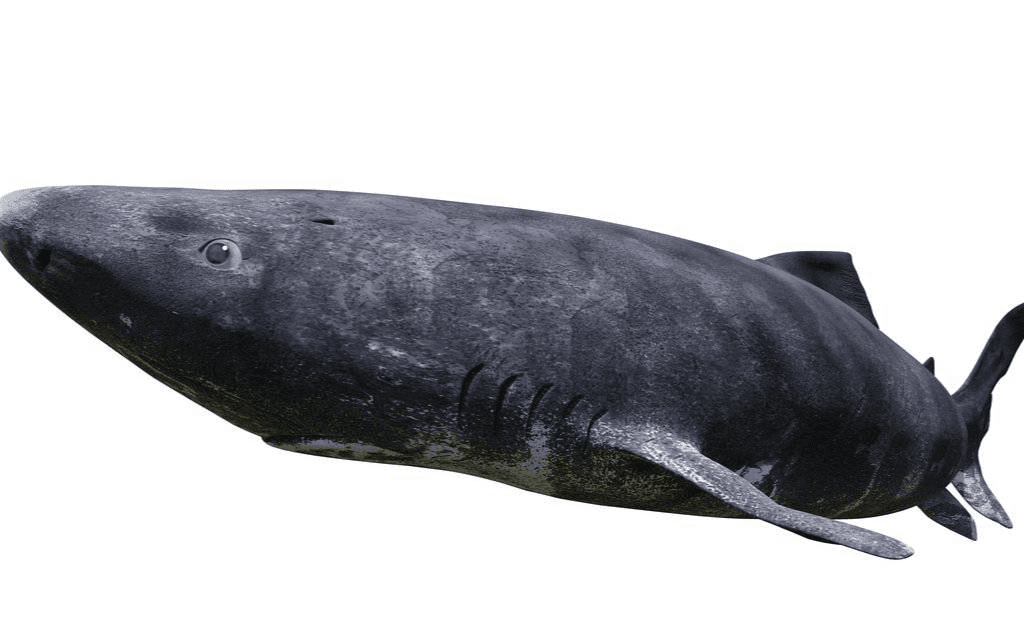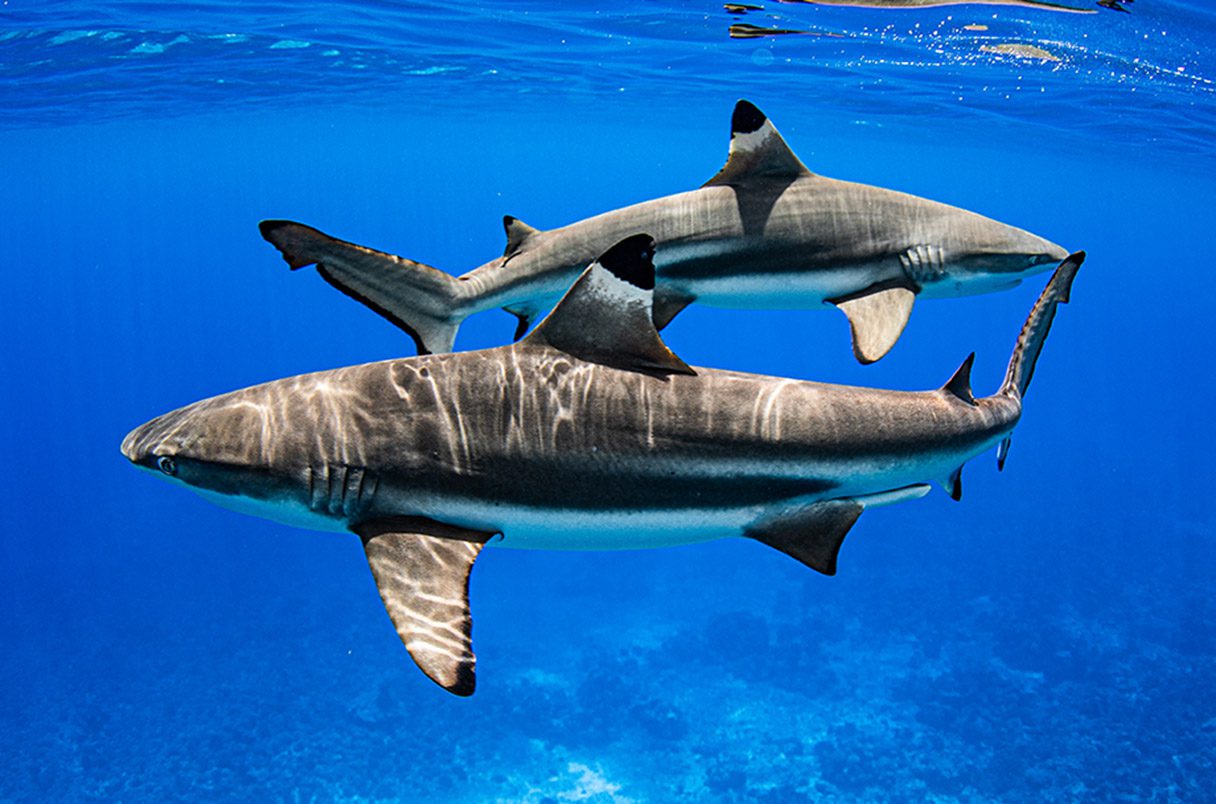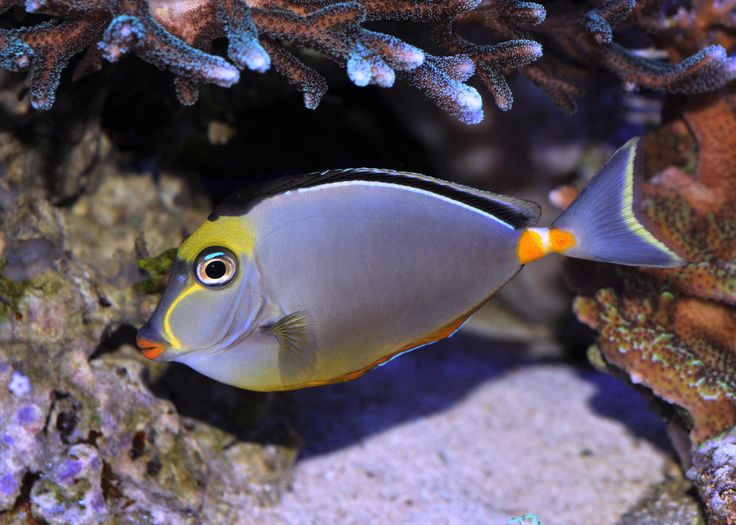Are you an oceanarium? here’s why you should import sharks and rays from Kenya Marine Center.
We thrive in helping create magical underwater experiences that educate and entertain through the supply of ornamental livestock to large-scale aquariums and other zoological exhibits. We also maintain high standards of ethical and sustainable practices ensuring that our sharks, rays and other large livestock are transported safe and healthy.
1. Extensive Experience and Expertise: Our company’s extensive experience and expertise in the export of ornamental fish gives us an edge as we have accrued years of knowledge and skills in the proper care, handling, and transportation of sharks and rays.
2. Wide Variety of high quality, healthy Species: We offer a diverse range of shark and rays. Having a wide variety allows oceanariums to choose species that align with their educational and conservation goals. We also Implement stringent health checks, quarantine procedures, and provide documentation to support the well-being of the animals and thus our customers are assured of high quality, healthy animals.
3. Sustainable Practices: Kenya Marine Center is commitment to the sustainable collection and export of marine animals. We ensure that we adhere to ethical practices, avoid endangered species, and contribute to conservation efforts.
4. Customized Solutions: We offer personalized and customized solutions to meet the specific needs of each oceanarium or aquarium. Our services are tailored to provide the most suitable species, quantities, and support for the customer’s unique requirements.
5. Reliable Transportation: Our delivery is reliable and transportation safe. Our transportation processes prioritize the well-being of the animals, meeting international standards and regulations.
6. Compliance with Regulations: Kenya Marine Center complies with all international and local regulations related to the trade of marine animals and our customers are assured of peace of mind when they engage with us for shipments.
7. Consistent Customer Support: Commitment to providing excellent customer support is a high priority at Kenya Marine Center. We are responsive and very reliable.
These are the sharks and rays from the Kenyan waters of the Indian Ocean that we ship to your oceanariums
1. Whitetip Reef Sharks (Triaenodon obesus)

Sleek & slender with characteristic white markings on the tips of several of its fins, Whitetips are not large sharks. These nocturnal sharks are rarely seen during the day as they prefer resting under rocks and crevices in coral reefs and shallow water. They come out at night to hunt when their prey is asleep or off guard, which include octopuses, squid, fish, crabs and lobsters. They are quite harmless to humans.
2. Blacktip Reef Sharks (Carcharhinus melanopterus)

Blacktips are also not big sharks and grow to lengths of five feet. With recognizable black fin tips with white highlights appearance, these sharks are abundant on coral reefs, and are quite a popular display in oceanariums.
3. Zebra Shark (Stegostoma fasciatum)

This mollusk crunching coastal carpetshark was misidentified for years by taxonomists. Due to the black and white stripes of the pups eventually turning to spotted adults, the two different life stages were thought to be differing species. Zebra sharks are popular attractions for eco-tourism and public aquariums. They adapt well to captivity, making for an easy care attraction at many aquariums around the globe.
4. Carpet Shark (Orectolobiformes)

The carpet shark is one interesting species in the sea, with interesting patterns and propensity to inhabit shallow waters and reef bottoms lending to its name. Carpet sharks, scientifically known as Orectolobiformes, are a diverse group of sharks characterized by their unique body shape and distinctive skin patterns. Carpet sharks are named for their unique skin patterns that resemble intricately woven carpets. These patterns often consist of a mix of spots, stripes, and patches that mimic the ornate designs found in carpets.
5. Sleeper Sharks (Somniosidae)

The common name “sleeper shark” comes from their slow swimming, low activity level, and perceived non-aggressive nature. The sleeper shark’s success as a predator is due to their ability to glide through the water with little body movement, minimizing hydrodynamic noise and eluding acoustic detection by prey. Sleeper Sharks are thought to be both predators and scavengers. They are able to glide through water using little body movement and making little hydrodynamic noise. This makes them very successful stealth predators. They feed by a means of suction and by cutting their prey with their teeth. The Pacific Sleeper shark has a large mouth that can essentially inhale all of its prey as it swims through the water.
6. Bluespotted ribbontail ray (Taeniura lymma)

A colorful stingray with large bright blue spots on an oval, elongated disc and with blue side-stripes along the tail; Small specimens are popular among marine aquarists. Their beautiful coloration makes them a prime candidate for an aquarium pet. Blue-spotted rays are however venomous. At the tip of the tail are two sharp venomous spines which permit this ray to strike at enemies forward of its head. Taeniura lymma plays an important role in their ecosystem as a secondary consumer. It feeds on nekton such as bony fish. It also feeds on zoobenthos organisms including benthic crustaceans like crabs, shrimp/prawns, and worms such as polychaetes.




